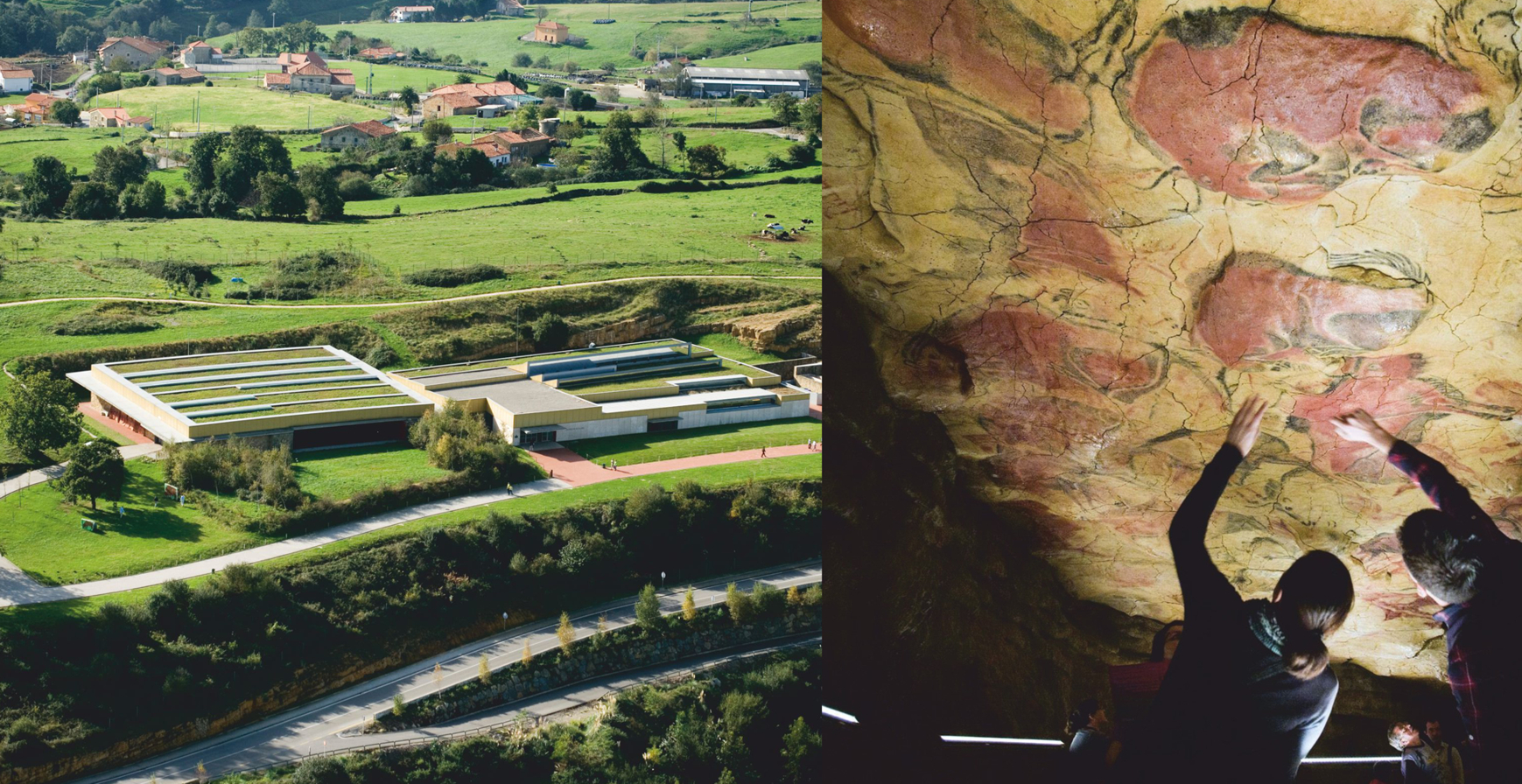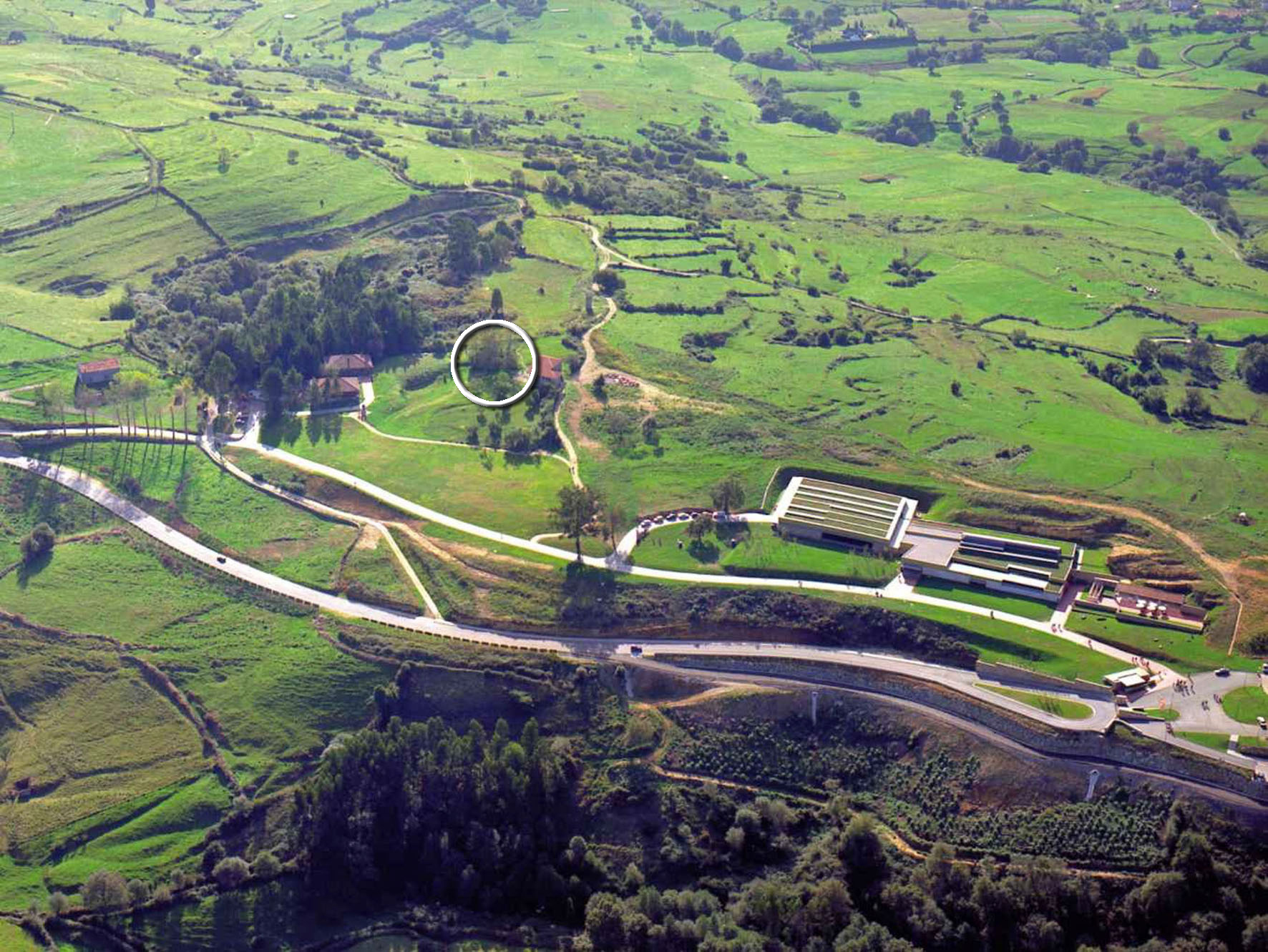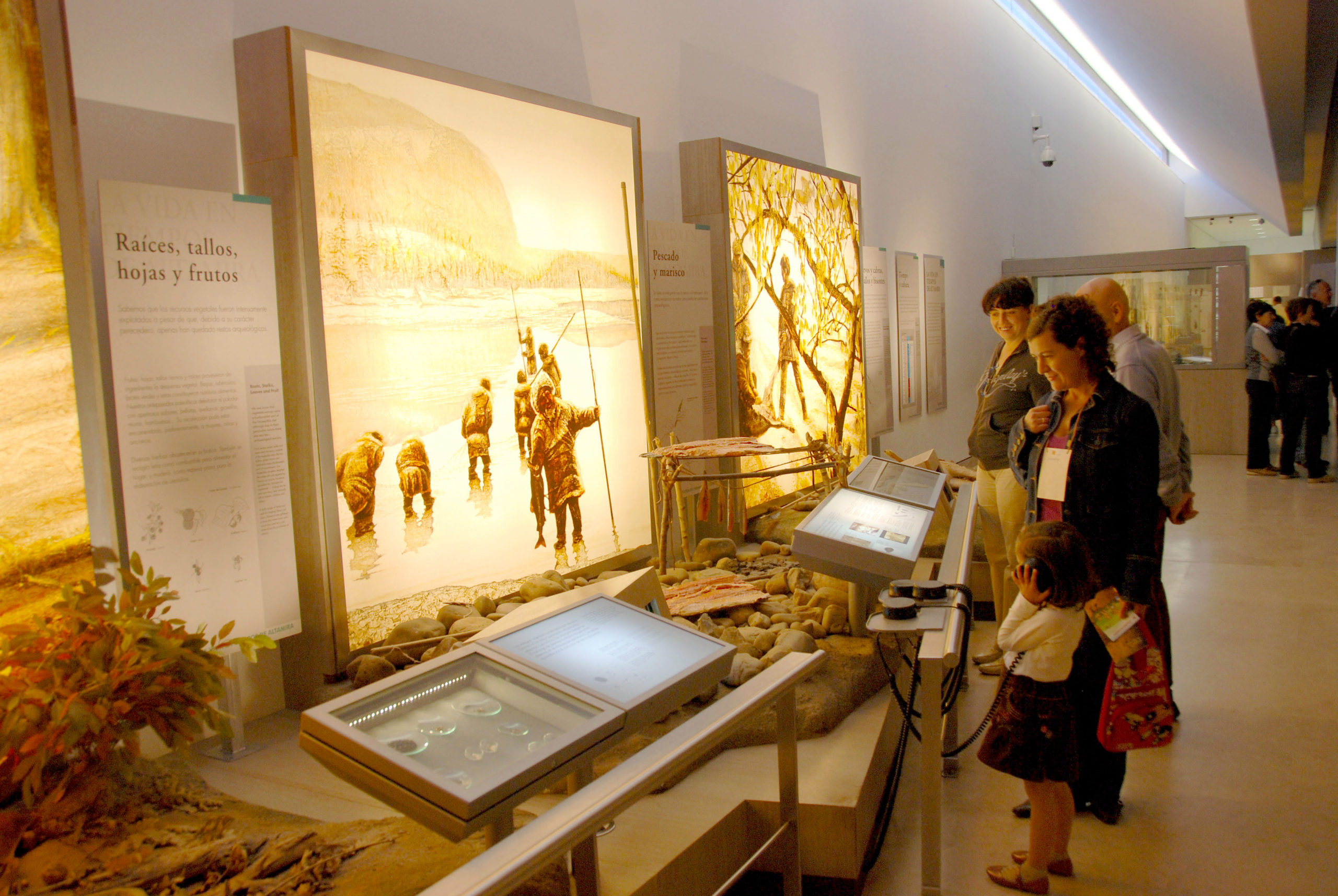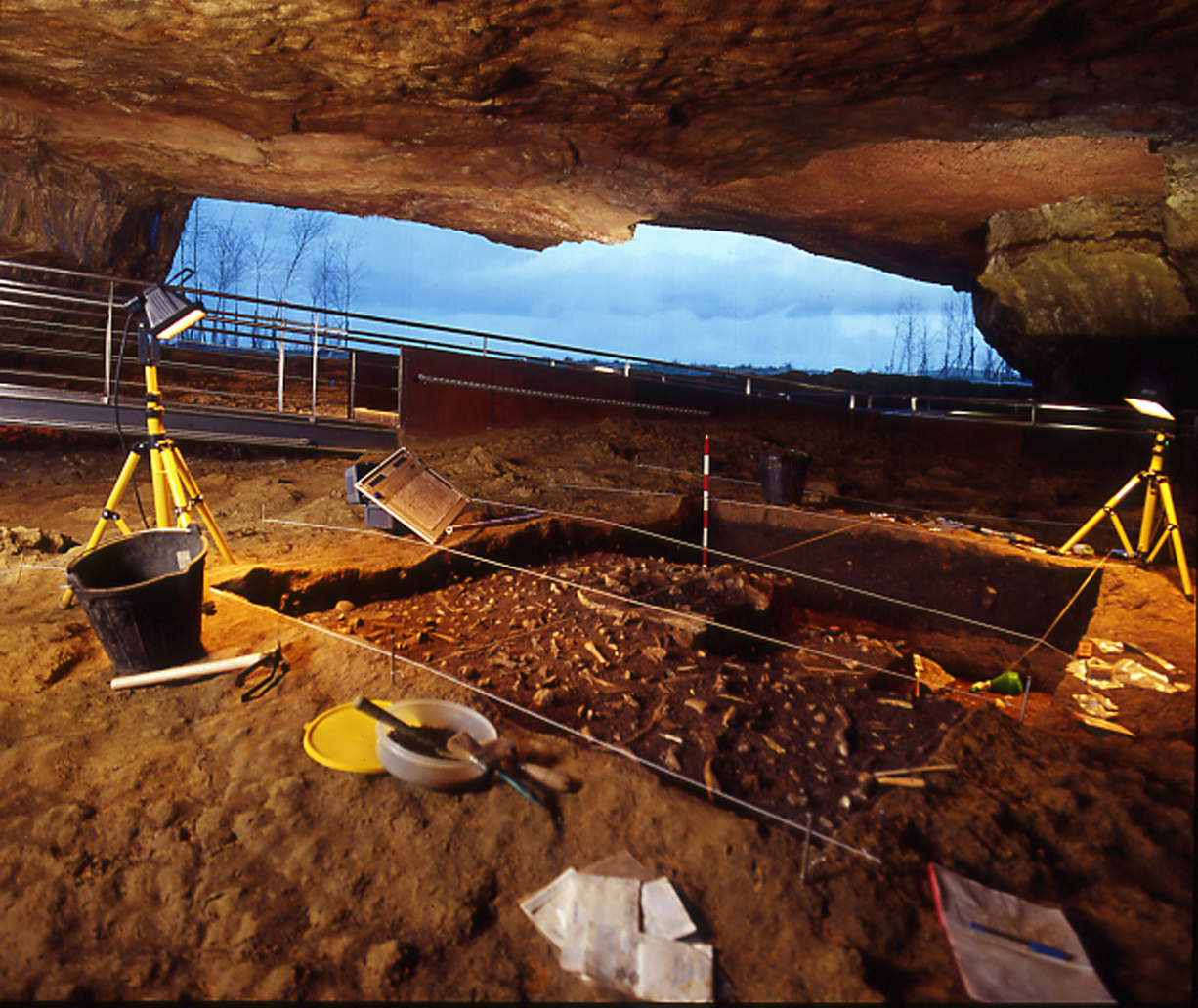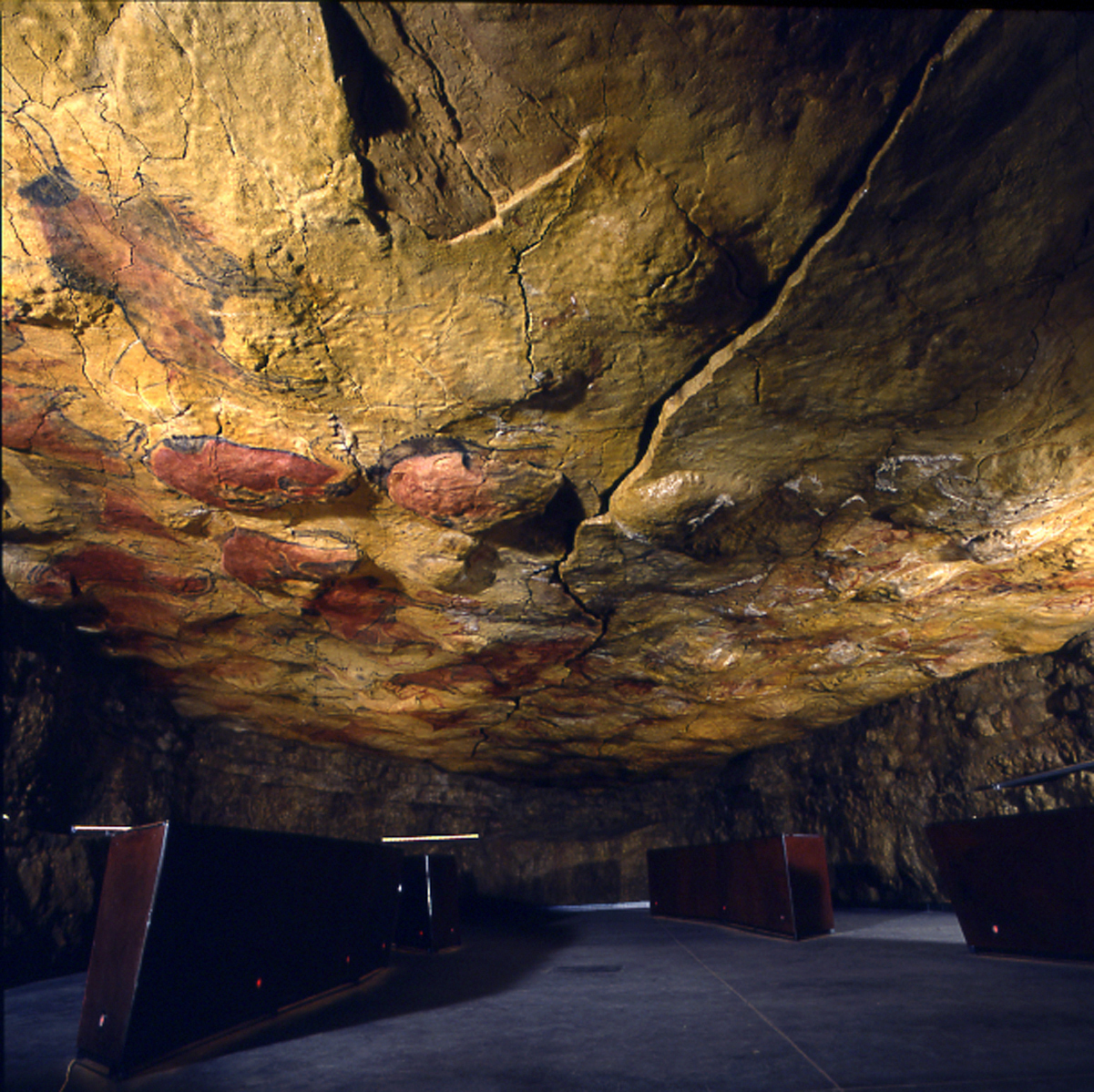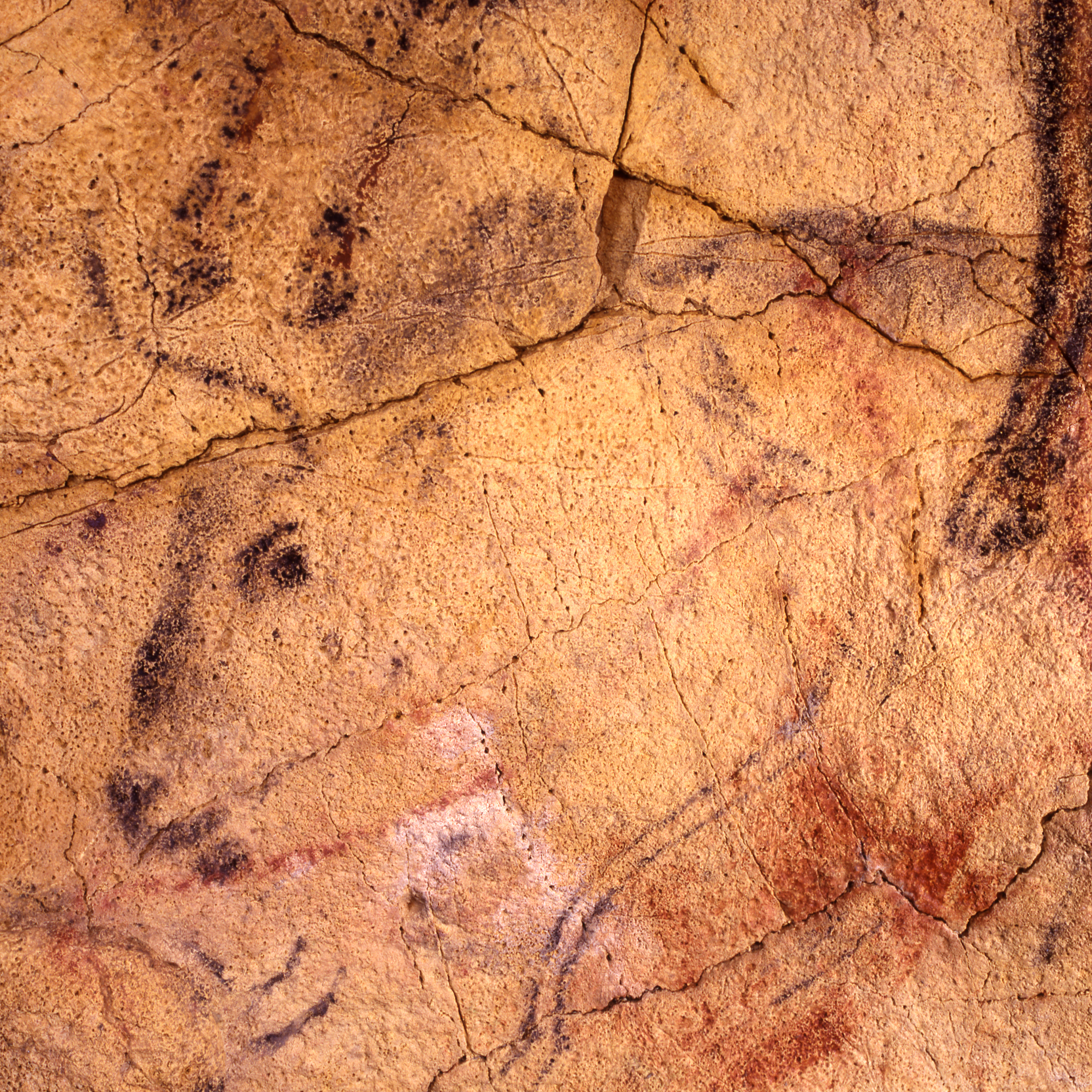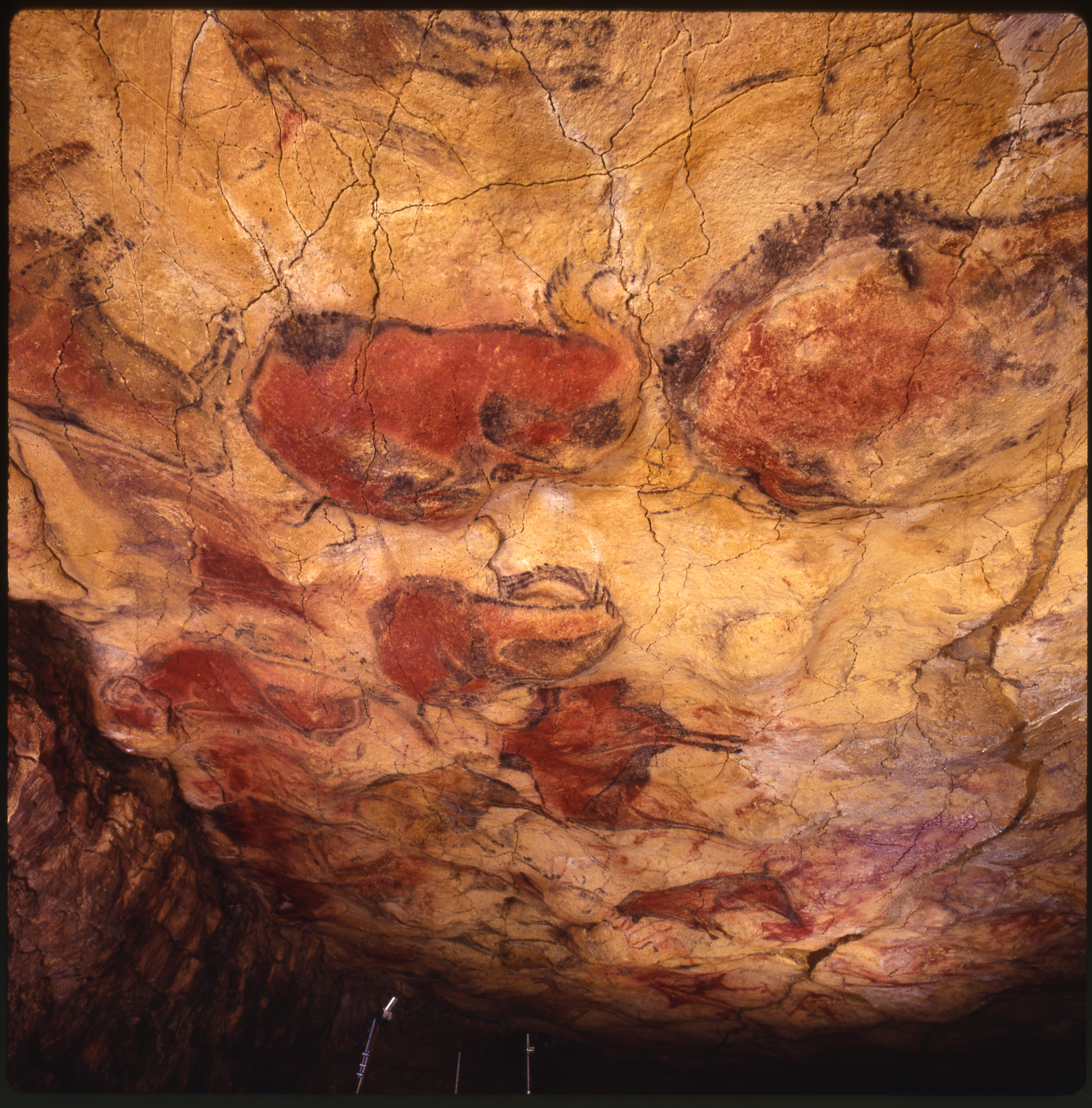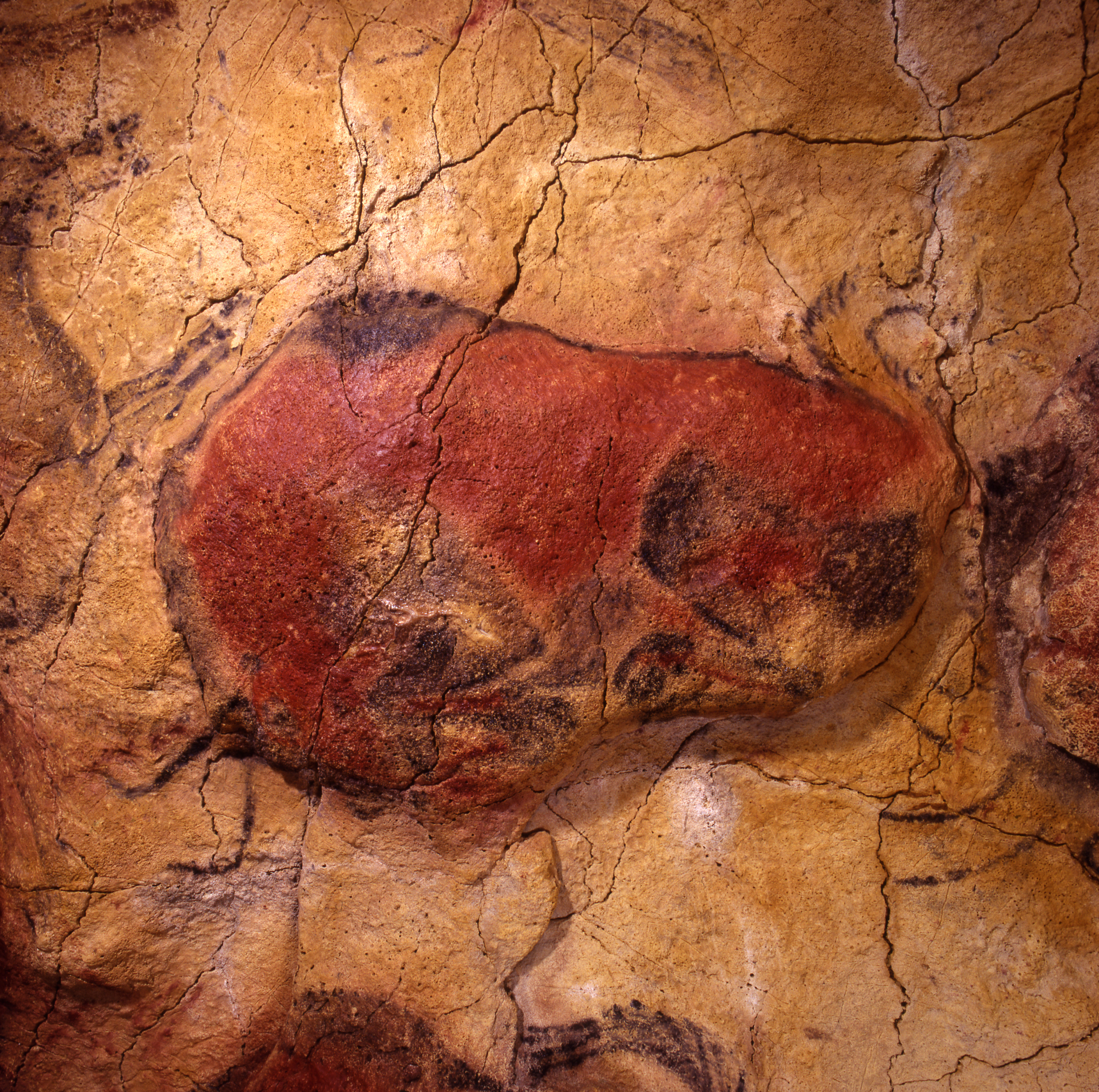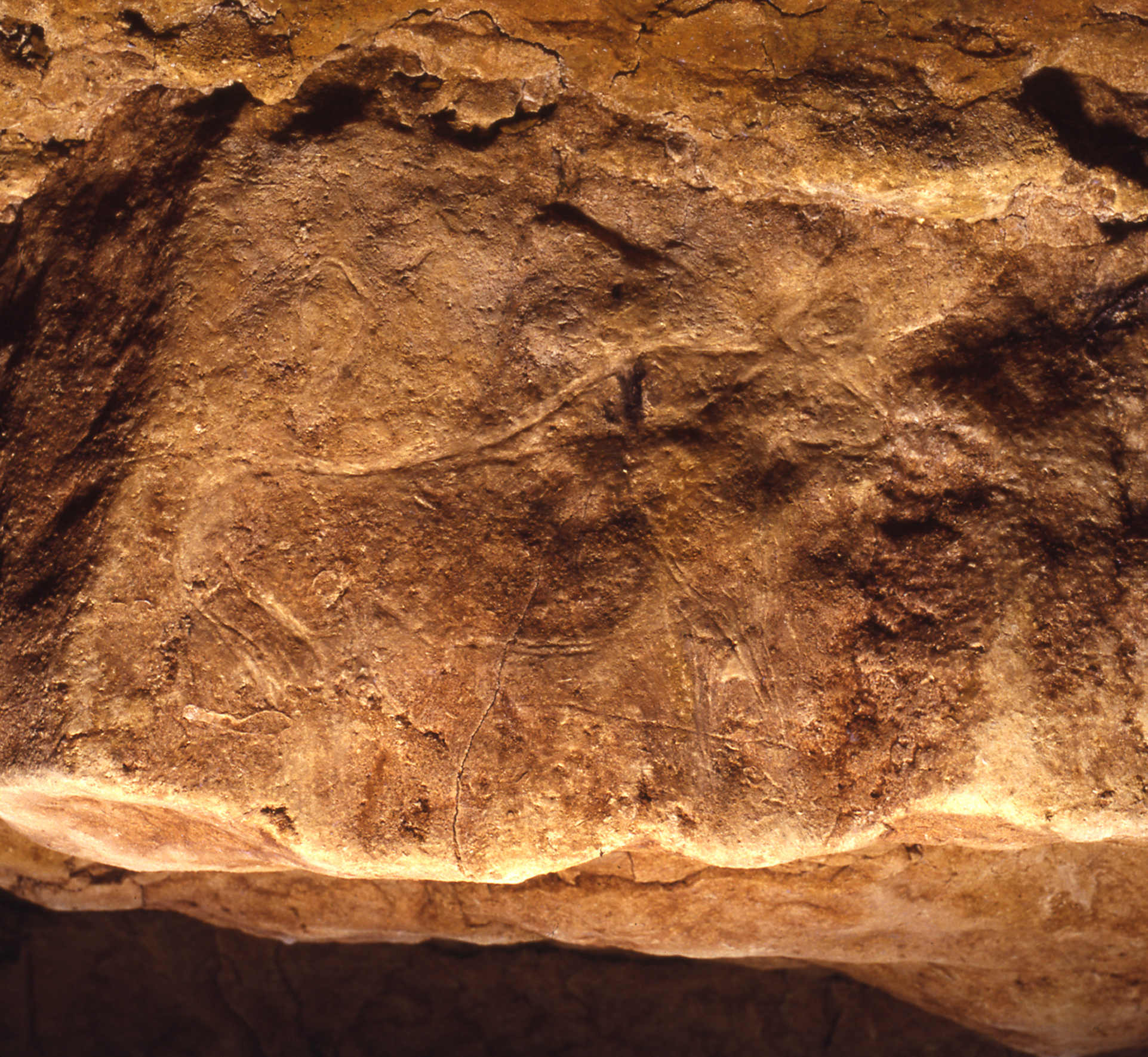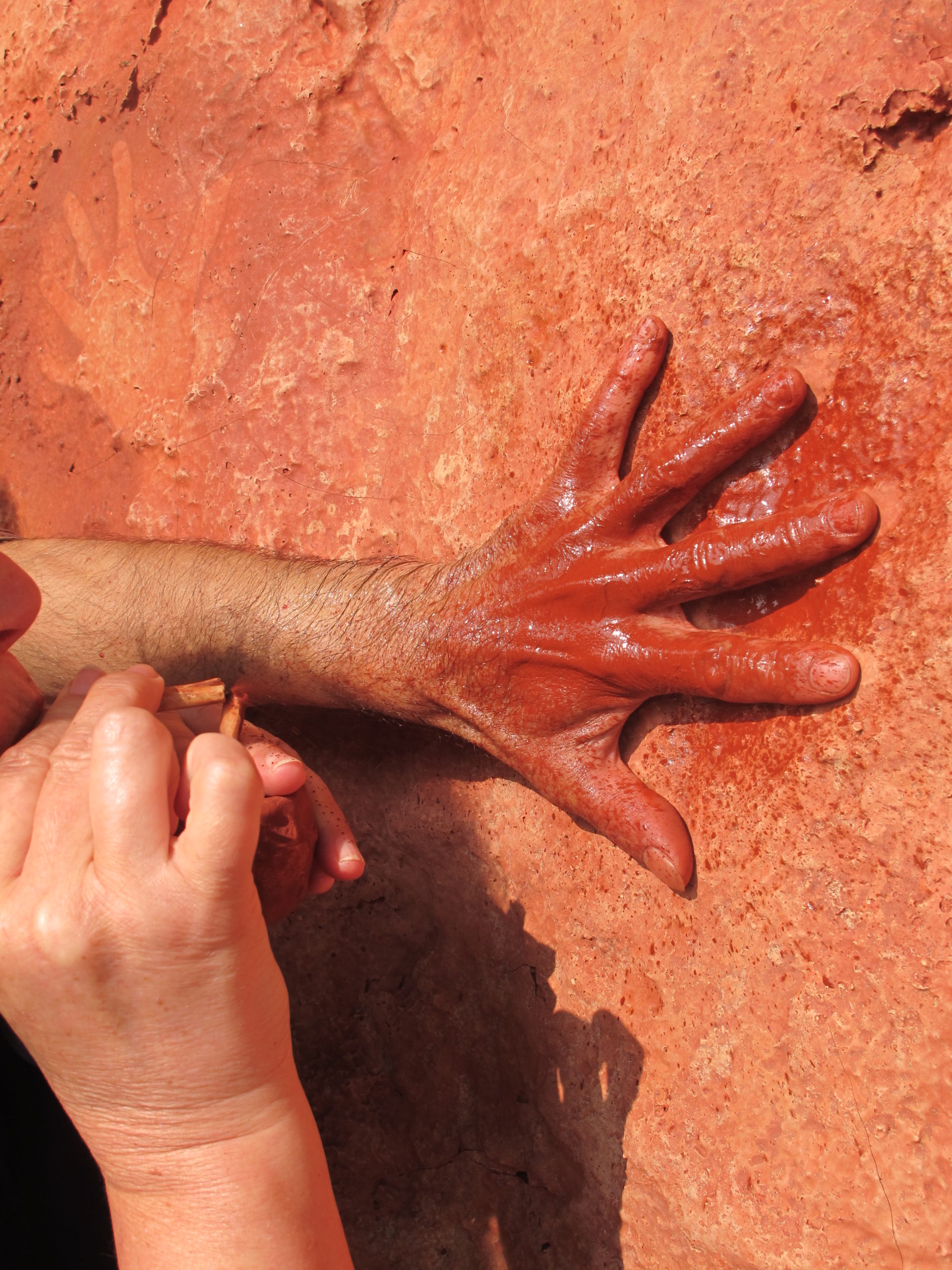Age of the artistic representations: Gravettian, Solutrean and Magdalenian
General description of the destination: The cave of Altamira highlights as one of the most spectacular examples of Paleolithic rock art all over the world; it has become a symbol of prehistoric cave art because of the magnificence of its Art. Since 35,000 years ago and for more than 20,000 years, communities of hunter-gatherers painted, engraved and drew animal figures and abstract motifs on the walls and ceilings of the cave. Between them, the polychrome ceiling, the painted bison, stand out. 13,000 years ago the great entrance of the cave collapsed and sealed the cave. No one came in until the XIX century when the cave of Altamira was discovered in 1879. It was the first place where Paleolithic rock art was identified. Its discoverer, Marcelino Sanz de Sautuola, immediately recognized their scientific and artistic value.
The museum contains all the public and semi-public spaces that a modern museum requires. The public spaces include a reception area, the permanent exhibition space, a conference room, educational workshops, a restaurant and a museum shop. The semi-public areas include a library and an archive, and the private areas contain a conservation and restoration laboratory and the collection storeroom. The museum has a free, guarded car park on its grounds for cars and coaches. The museum building, designed by the prestigious architect Juan Navarro Baldeweg, is surrounded by a 160,000-square-metre park.
Altamira is located in northern Spain, in Cantabria, near Santillana del Mar, situated on the northern branch of the Way of St. James to Santiago de Compostela; it is a beautiful medieval town with palaces and towers that have made it one of the most popular tourist destinations in Cantabria. The museum is located in the heart of one of the most important concentrations of Palaeolithic rock art in Europe, the Cantabrian coast. Cantabria also boasts many monuments and a rich cultural heritage; it is famous for its diverse landscapes and for its excellent gastronomy.
History of the site: The cave was discovered around 1872 by Modesto Cubillas. It was studied by Marcelino Sanz de Sautuola who, accompanied by his daughter Maria, first saw the paintings in 1879. Since then it has been studied and excavated on several occasions, although the most significant work was by Alcalde del Río in 1902 and H. Obermaier in 1925. The most complete study of the cave was published by H. Breuil and H. Obermaier in 1935. Altamira Museum has recently started several research projects aimed at up-dating scientific knowledge about the Palaeolithic occupations in the cave and its conservation problems.
Museographic resources description: The National Museum and Research Center of Altamira is the institution devoted to the research, conservation and dissemination of the cave of Altamira, a world heritage site which is managed by the museum. The permanent exhibition of the museum explores the “times of Altamira” and is divided into two main areas: the exhibition galleries devoted to the art and culture of hunter-gatherer groups in the Upper Palaeolithic, and the Neocave, where visitors can experience the Cave of Altamira as it was 15,000 years ago. The offer to visitors to have a better knowledge of Altamira is also complemented with cultural activities that include, for example, guided tours (more than 30 a day), workshops of prehistory and art, temporary exhibitions not only on prehistoric subjects but also introducing new glances to the heritage, linking, for example, rock art with contemporary art.

